Quantitative Practice: In-Depth Guide to the KDJ Indicator
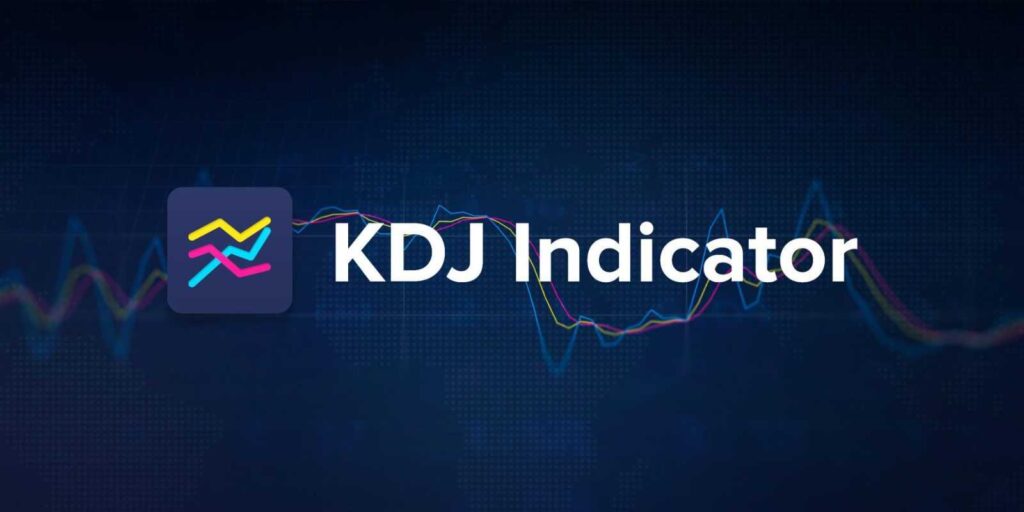
The KDJ indicator, also known as the Stochastic Oscillator, is a momentum-based technical indicator that measures the relationship between a stock’s closing price and its price range (the highest and lowest prices) over a certain period. It consists of three lines: the fast line K, the slow line D, and the dynamic line J. This…
Quantitative Practice: In-Depth Explanation of the RSI Indicator
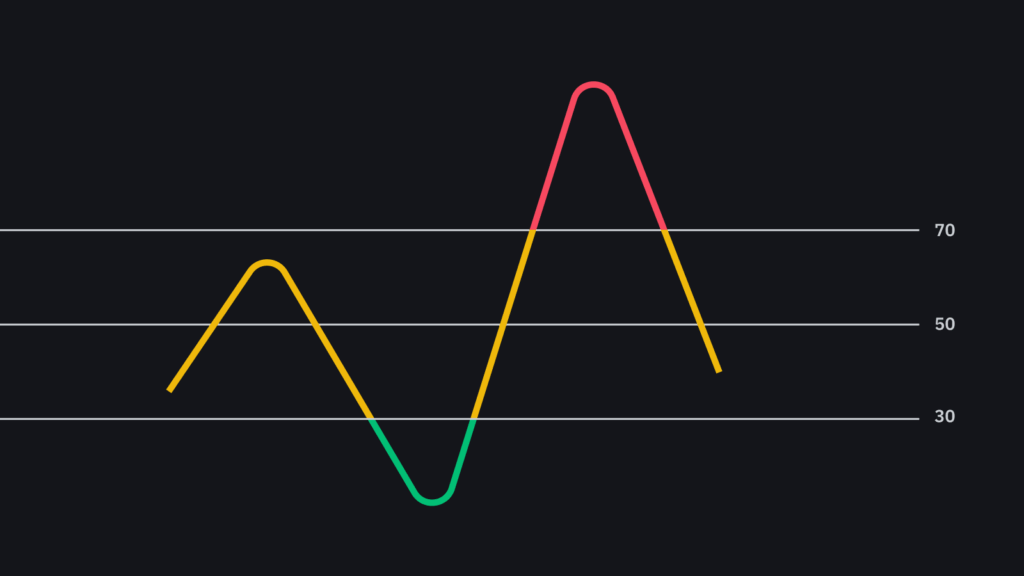
The RSI (Relative Strength Index) is a momentum oscillator used in technical analysis, first introduced by J. Welles Wilder in 1978. RSI measures the speed and magnitude of price movements by comparing the average gains and losses over a specific period. It is commonly used to determine whether an asset is overbought or oversold, helping…
Swing Trading Strategy
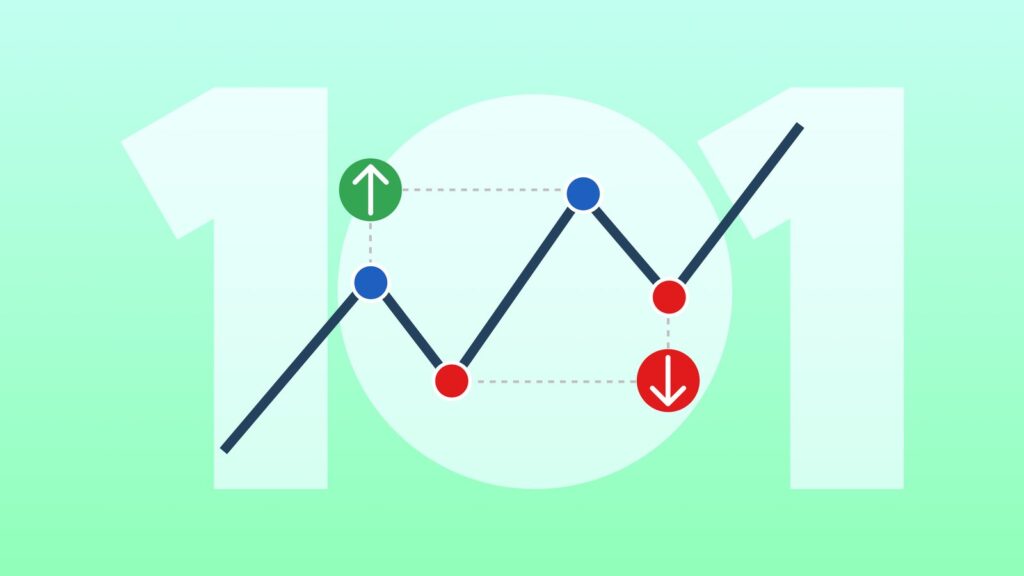
Swing trading is a medium-term trading strategy that differs from intraday trading by allowing positions to be held for several days, weeks, or even months. Traders use this approach to capture intermediate market trends, aiming to enter and exit trades at optimal points during both upward and downward price swings. Strategy Principles and Use of…
George Soros Trend-Following Strategy

George Soros is a renowned investor and philanthropist, widely known for his success in financial markets and his extensive philanthropic work. He gained prominence for applying a form of trend-following strategy that contributed significantly to his reputation as a key figure in the investment world. Soros’s trend-following strategy is rooted in his unique theoretical perspective—that…
Grid Trading Strategy
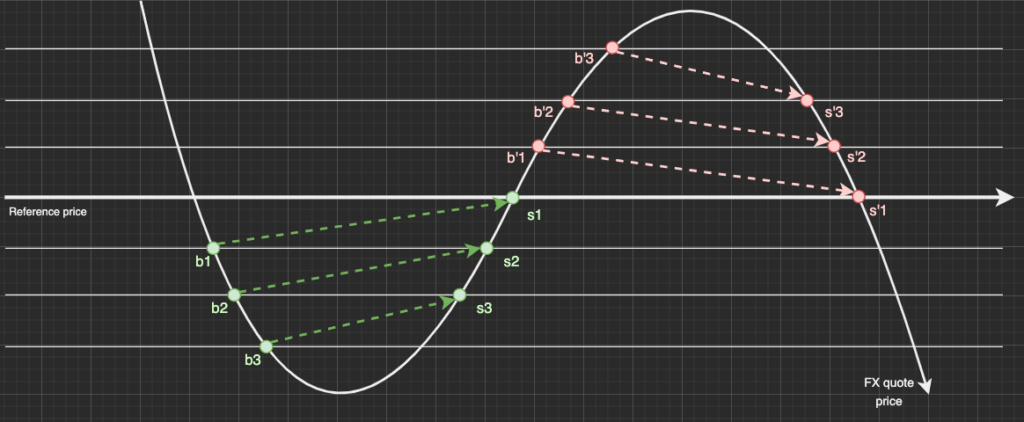
Grid trading originated in the foreign exchange (forex) markets, though its exact inception date is difficult to determine. It can be traced back to the late 1970s and early 1980s, when the liberalization of currency markets and the rise of electronic trading platforms laid the groundwork for such systematic strategies. Early grid trading techniques were…
Andreas Clenow’s Trend Following Strategy
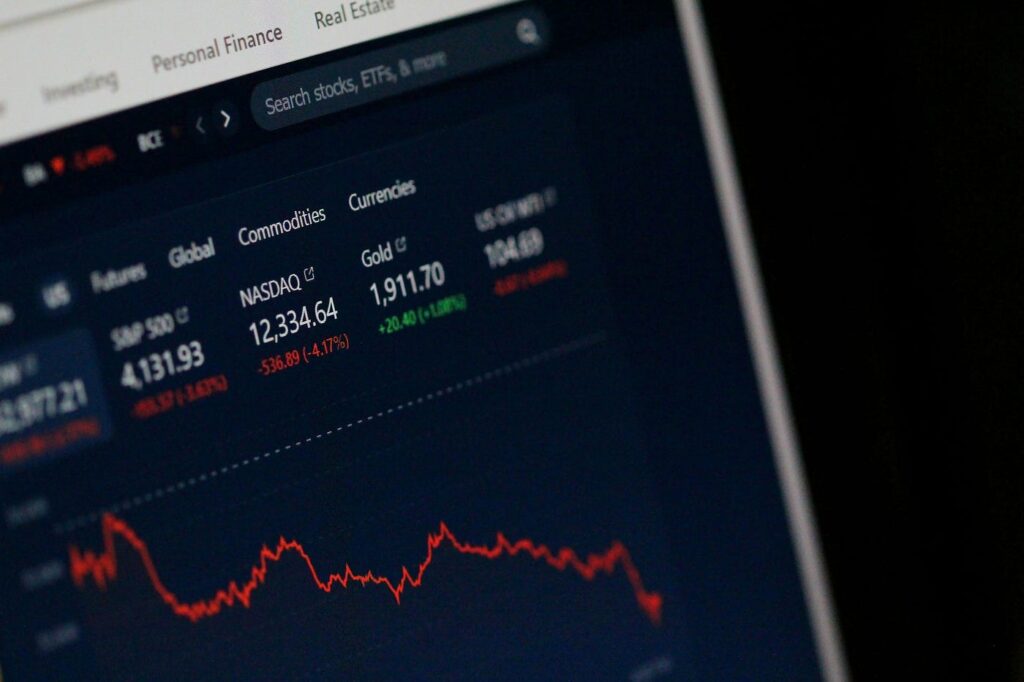
Among Clenow’s strategies, the Trend Following approach is perhaps the most famous. This strategy focuses on capturing long-term market trends by using technical indicators and trendlines to identify and follow market direction. The goal is to enter the market at the beginning of a trend, ride it until it ends, and profit from its sustained…
Mean Reversion Strategy

The Mean Reversion strategy is a type of statistical arbitrage approach in quantitative trading. It is based on the idea that asset prices tend to revert to their long-term average after short-term deviations. The core assumption is: when prices deviate significantly from their historical mean, they will eventually return to that mean. This strategy is…
Flash Crash Strategy

The “Flash Crash” strategy is a short-term trading approach inspired by the experiences and stories of Jesse Livermore, as described in the classic trading book Reminiscences of a Stock Operator. This autobiographical account of Livermore’s trading career is widely regarded as one of the most influential works in the field of stock trading. Core Idea…
The Turtle Trading Strategy: A Classic Trend-Following System

The Turtle Trading Strategy is a classic trend-following approach developed in the 1980s by Richard Dennis and William Eckhardt. This strategy identifies entry and exit points by tracking a market’s highest and lowest prices over a defined period. It is designed to capture long-term trends and profit from sustained price movements. The Origin of the…
How to Use Google Finance Data in Google Sheets

If you have years of experience in quantitative trading, you’re probably no stranger to the Google Finance API. It was once a very popular tool in the financial trading industry, offering numerous advantages over its competitors. The Google Finance API not only provided real-time stock market data but also allowed users to create and manage…



